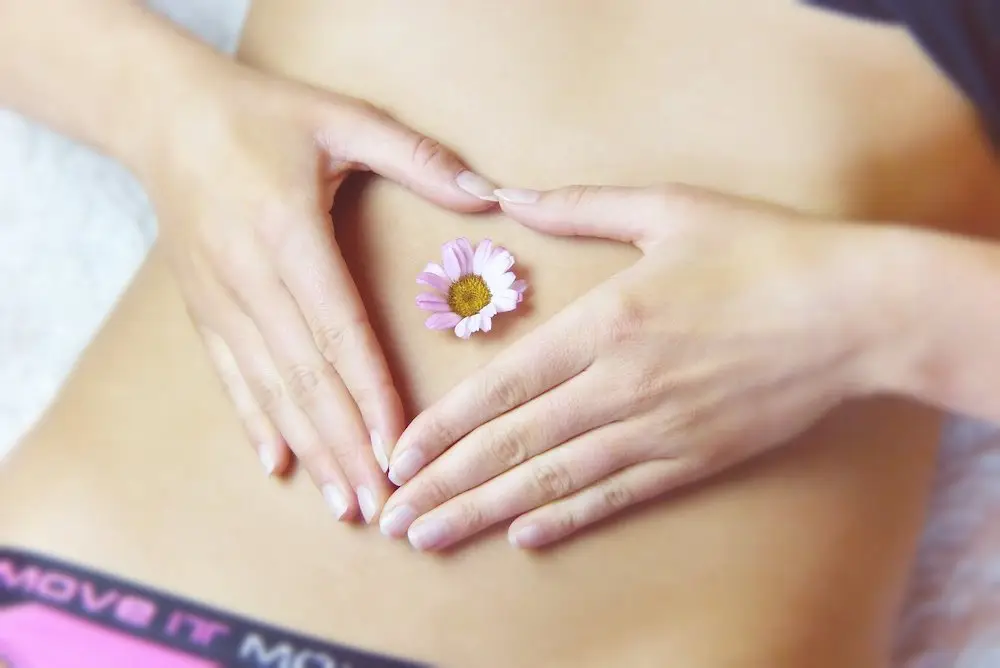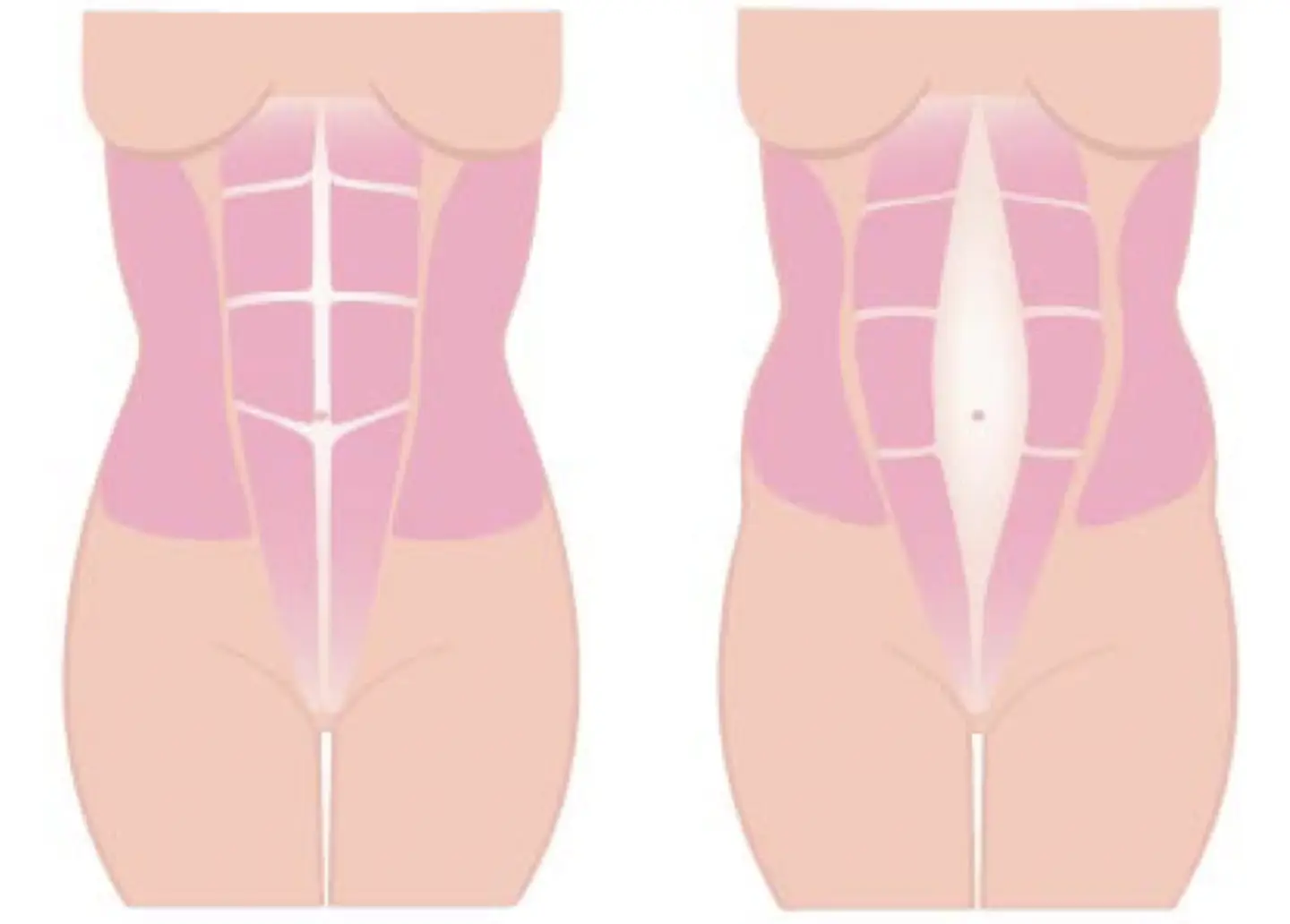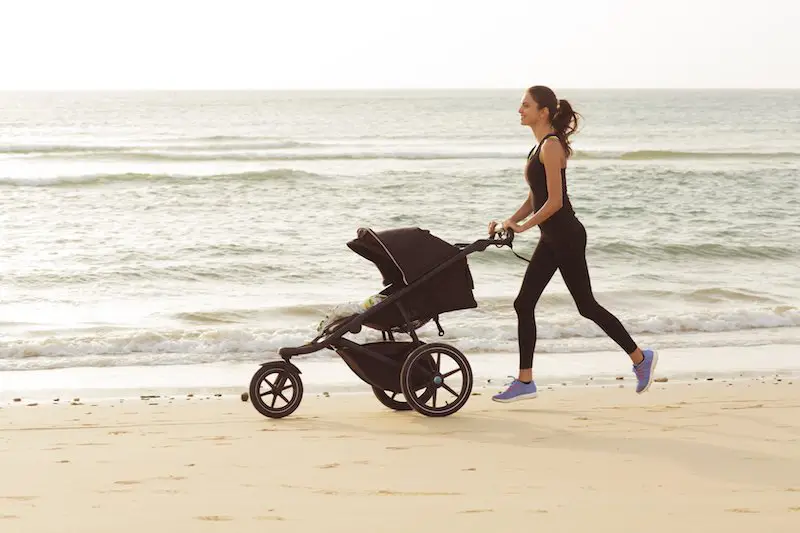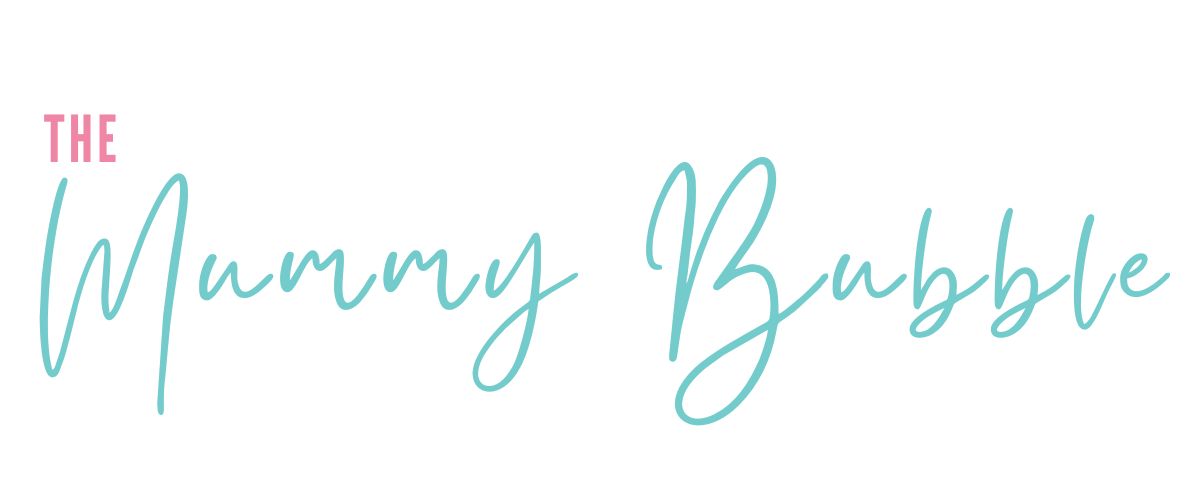Looking for some simple but effective exercises to help you fix diastasis recti fast?
Let me say right away that this article is not about telling you that you need to lose weight right after giving birth. No way!

In fact diastasis recti, or the mummy pooch as it might be known, is about more than just your belly no longer sitting flat.
If untreated, diastasis recti can have long-term complications for your stomach muscles and back. This is because the muscles effected by the condition are integral to what’s known as the “core”.
This is where a lot of your body’s strength and balance comes from. If the core is strong, then you are less likely to suffer from back problems and pain in later life.
Potential complications from diastasis recti include:
- Problems with mobility, stability and posture
- Back pain
- Pelvic pain
- Incontinence
- Constipation
- Hernia
So when I say we’re going to talk about ditching the mummy pooch, I do not mean I’m selling you a crash diet and a bunch of workout DVDs to get your to work off 30lbs asap.
The last thing you should think about postpartum is weight loss, so please rest assured that the mummy pooch is absolutely not about your weight.
What it is about is making sure your body returns to fitness after birth, with a strong core that supports your back and posture. This not only ensures your body is prepared for future pregnancies, but also means your body will be strong for years to come as you chase after your kids!
I had diastasis recti with my second baby. The gap was quite alarming when I felt it (we’ll talk about how to check your own muscle separation in a bit).
However with daily exercises which I carried out at least three times a day, I healed within a couple of months. It’s important to know that if you have had a diagnosis of diastasis recti you should not panic.
It’s very common and should be simple to treat if you follow regular exercises.
Always see your doctor or midwife if you have any concerns about your rate of healing from your abdominal separation or any other questions.
This post contains affiliate links.
What is diastasis recti

Some doctors and midwives may call it abdominal separation. It’s where the two muscles that run down the middle of your tummy separate during pregnancy.
These two muscles would usually be close together and form what may be known as the “six-pack”, although I’ve never had one haha!
It happens because your growing uterus can stretch the abdominal muscles to the point where they separate.
If you do not treat the separation after having your baby, you will find your belly may protrude through the two muscles, which can making it look as if you are still pregnant. This is what is known as the mummy pooch.
Diastasis recti is more likely in pregnancies involving multiple babies or larger babies.
How to tell if you have diastasis recti

After you have given birth your stomach muscles should be checked at least once by a doctor or midwife. They will be looking for muscle separation so that it can be diagnosed early on and treated with physiotherapy and exercise quickly.
But you can also check your separation and its size by doing the following:
- Lie on the floor on your back with your legs bent and feet flat on the floor.
- Raise your shoulders slightly off the floor and look at your tummy.
- Feel along the centre of your belly just above your belly button and below it. You should be able to feel the edges of the muscles there, by pushing your fingertips down gently, and get an idea of the gap. See how many fingers you can fit in the gap, if there is one.
When you carry out the exercises to fix your diastasis recti you can carry out this technique to check whether the gap is getting smaller.
Hopefully this will spur you on to stick with the exercises as you will be able to tell that it’s working.
Exercises to fix diastasis recti
So now that you have checked yourself for abdominal separation, what can you do about it?
For a start if you’re looking for a little extra help with postpartum recovery then the MUTU System course is perfect!
It lets you stream workouts for you to follow to any device at home, so you can help your body heal with just 12 minutes a day of activities!
Find out more about the MUTU System right here.

If you have a good doctor and midwife they should have referred you to a physiotherapist who can give you the very best exercises for you.
It’s important to focus on exercises that pull the belly in rather than pushing them out.
Do remember to keep an eye on your breathing too, so that you are not holding your breath during the exercises.
It’s worth noting before we carry on that wearing a girdle or belly wrap may help to support your lower back, however it will not ultimately fix your diastasis recti.
Try to carry out these exercises as often as possible during the day.
It can be so difficult to find time to do anything when you have just had a baby.
Try to do your exercises while your baby is on the floor playing, or in the evenings when you are watching television.
By doing these exercises regularly, you will resolve the problem a lot quicker.
Stand tall
The simplest thing you can do to help solve your diastasis recti is to stand tall and try not to slouch.
One of the important things about fixing your diastasis recti is to help with your posture in the long-term. By standing tall and straight in a way that engages your core muscles, you will be helping to fix your separation.
When walking out and about with your baby in the buggy, try to remember to draw your belly button inwards towards your spine as you walk. Do not hold your breath, just engage the muscles and continue breathing in and out as normal.
Deep tummy muscle workout
Lie down on your back or side, with your knees bent. Draw your lower abdomen inwards towards your spine. Remember not to hold your breath.
Hold this for 10 seconds and then relax. Repeat 10 times.
Bent knee fall outs
Lie down on your back with your knees bent. Draw in your lower abdominal muscles.
Slowly lower your knee up to 5cm to the side. Don’t roll or lift when your leg is lowering to the side. Try to keep your hips flat to the floor.
Repeat with each leg five times.
Heel slides
Lie on your back with your knees bent and feet flat.
Draw your lower abdomen inwards to your spine. Straighten your right leg slowly, sliding it along the floor and then slowly return it to the starting position when you feel your lower back begin to arch. Now do the left leg.
Repeat three times each side.
Pelvic tilt
Lie down on the floor. Roll your pelvis backward as if zipping up your trousers and flattening the small of your back, then return to the starting position.
Repeat this 10 times.
Exercises to avoid with diastasis recti
There are a few things you should try to avoid with abdominal separation:
- Ab crunches
- Sit ups
- Planks
- Twists
- Leaping out of bed – yes, really! Instead of sitting up, roll to your side first so that you are not putting outward pressure on your abdominal muscles.
Final thoughts on fixing diastasis recti
Remember as with all things postpartum, rest, a healthy diet and staying hydrated are really the most important things you can do.
When it comes to fixing your abdominal separation, be very consistent with the exercises, even on the days when you’re feeling absolutely wiped out.
While it’s tough to find time to do your workout when the baby is demanding so much of you, you will be able to fix your separation so much quicker if you can stick with the exercises.
My best times for doing the exercises were in bed just before I went to sleep, on the floor in front of the TV when the baby was napping, and on the floor when the baby was playing on her play mat.
Best of luck mama, I’m sure you will be back to fighting fit in no time.



Andrea
Friday 21st of July 2023
I am several years postpartum with a c-section; after giving birth in my 30’s. I was not aware of these issues and now at 40 I have a horrible figure, back pain, urinary leakage… the list goes on. Is it possible to correct this after so much time?
Kallie
Sunday 13th of October 2024
@Andrea, it’s never too late!